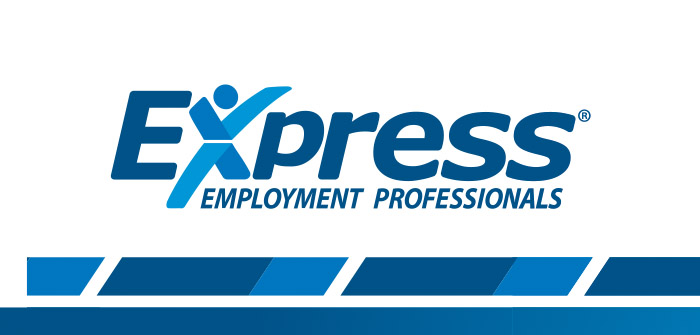Inclusion in the Workplace
Source: Express Employment Professionals’ Refresh Leadership
Organizations and leadership teams across all industries have long focused on diversity in the workplace. Over the years, the parameters of diversity have expanded from focusing on gender and ethnicity, to include a wide array of defining characteristics such as religious affiliation, sexual orientation, gender identity, ideologies, generational differences, and political beliefs, among others. In recent years, there has been a shift in perspective among HR practitioners that has moved the focus from diversity to inclusion, as diversity alone has presented some pitfalls.
As businesses focused solely on diversity, at times, the very people intended to benefit, were made to feel isolated and unwelcome. All too often, people were made to feel they were hired solely because of their association with a certain demographic group, not for the unique contributions they brought to the table as individuals. As it turns out, diversity is only half the equation. The full picture requires the concept of inclusion. Diversity is the variety of individuals within the organization; people of different races, religions, genders, cultures, ages, sexual orientations, and disabilities, just to name a few. On the other hand, inclusion is understanding, accepting, valuing, and welcoming people’s differences and utilizing them to benefit the group.
 Creating a culture of inclusion starts at the top
Creating a culture of inclusion starts at the top
Employees look to their leaders to set both the tone and the expectations in the workplace. There are many ways leaders can champion inclusion. Starting with hiring practices and employer branding, organizations can spotlight inclusion as a priority to attract candidates of varying backgrounds, cultures, and beliefs. Utilizing inclusion training, companies can set the expectation for respect, kindness, and compassion amongst current employees.
Fostering an inclusive environment
An organization can also create an inclusion committee to leverage team members’ differing perspectives and backgrounds to create an environment where all feel heard and new ideas are generated. One idea that has proven very popular is to hold a potluck to celebrate the flavors of the different nationalities represented in the workplace. This will create an especially welcoming environment for workers who are new to the country or region. Another great way to raise awareness and stir curiosity about different cultures is to display a world map and invite people to put a pin on the place where they’re from. The pin might also include a name, small photo, and even a little note. This is a nice way to open the door to conversations that lead to greater understanding of others. It’s important to point out that in all of these suggested activities, people are merely being invited to participate. No one should ever feel pressured to take part in activities or share information if they don’t feel comfortable doing so.
Benefits of an inclusive culture
A culture of inclusion can increase employee engagement and morale and lower turnover rates. Teams that celebrate diversity and embrace inclusion are more likely to collaborate and be open to new ideas and innovation. They also have an increased ability to withstand change and ambiguity since they are accustomed to varying ideas and insights rather than being bogged down by groupthink. It also gives organizations a competitive edge.
According to the U.S. Census Bureau, minorities in the United States (defined as all but non-Hispanic Caucasian individuals) will comprise more than 50% of the population by the year 2050. Having a workforce that is reflective of the demographics in the community and region allows for organizations to stay current with trends and anticipated changes in their markets.
Simply stated, diversity alone, without inclusion, is a missed opportunity. It is a missed opportunity to create a more engaged workforce and a missed opportunity to give your organization a competitive edge. Inclusion is diversity in action. It is action that creates an environment where individuals thrive. It is an action that shows investing in and celebrating the uniqueness of the individuals on your team can directly impact the bottom line for the better.

